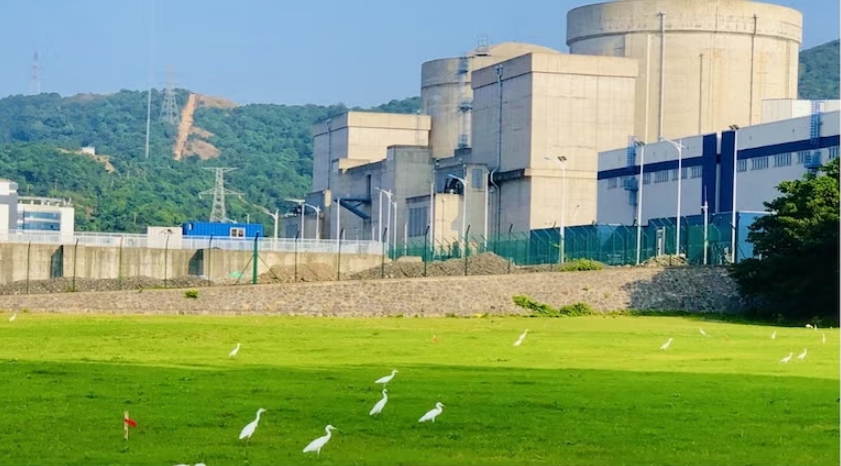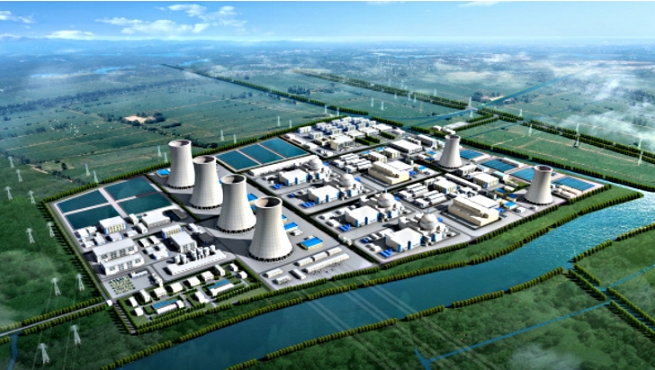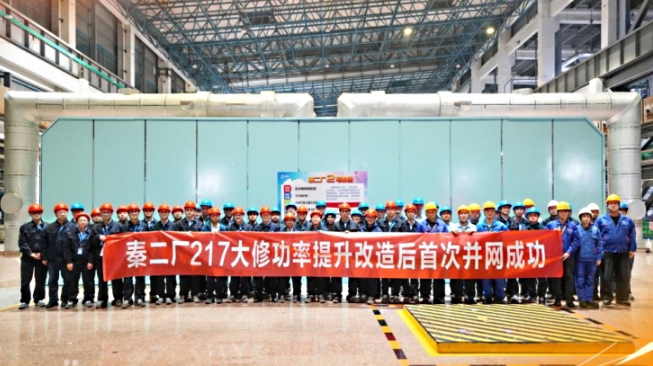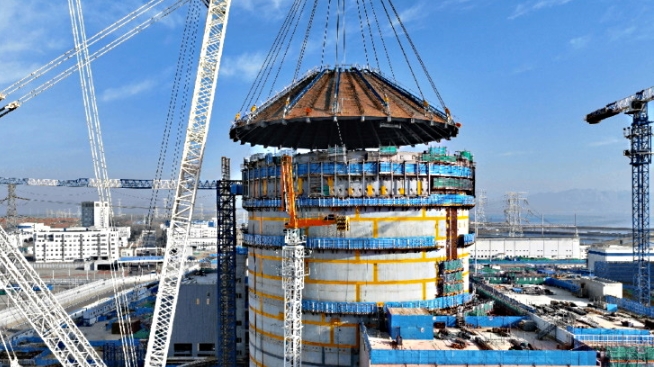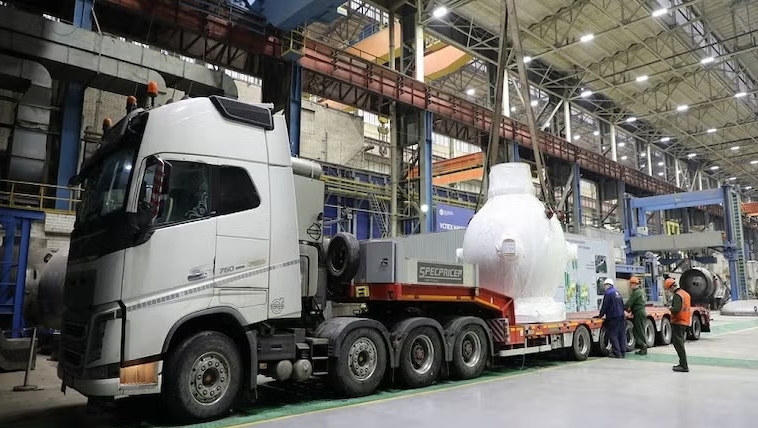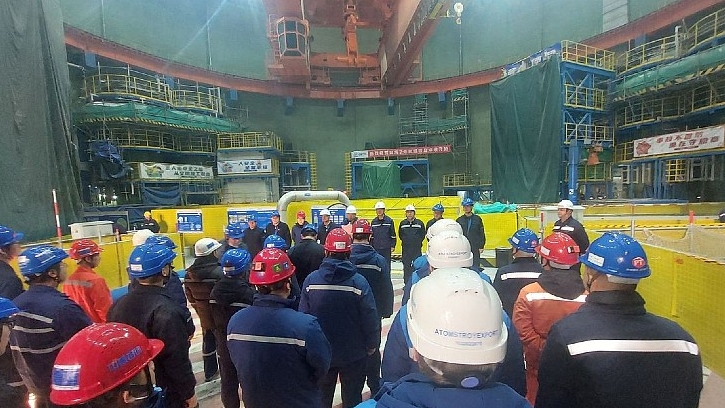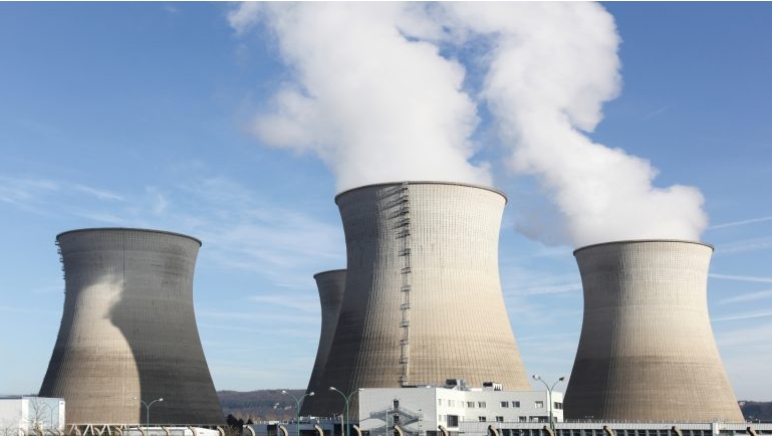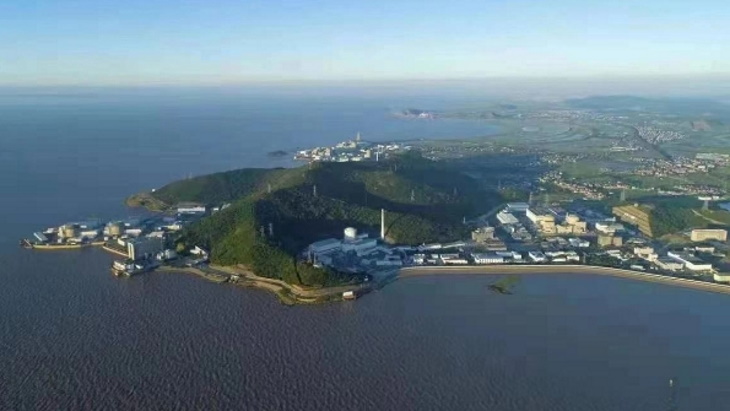The East African Rift System (EARS) is one of the largest rifts in the world. Characterised by a spreading crust, the tectonically active region spans 6,400 kilometres in length and up to 64 kilometres in width and runs through several countries in Eastern Africa.
The geological attributes of the EARS make it so rich in geothermal energy resources that – if harnessed – could provide a reliable, affordable and indigenous source of renewable energy to help meet the electricity requirements and direct use needs of several countries in the region.
Harnessing these resources by overcoming the challenges faced by the geothermal sector across the region can improve energy access substantially and help governments meet the objectives of the 2030 Agenda for Sustainable Development and the climate objectives set out by the Paris Agreement.
A new report published by IRENA, Geothermal Energy Development in Eastern Africa, finds that the geothermal potential of the East African Rift has been largely unrealised due to various challenges that have contributed to the slow development of projects in the region for decades. The report identifies a need for adequate policies and regulatory regimes to increase the flow of geothermal investments into the region.
The new report highlights that the limited awareness about the region’s geothermal resource potential and the associated benefits, especially about direct use applications, such as in agriculture and food processing, may be contributing to slow development. In addition, current risk mitigation instruments and incentives fail to cover direct use projects.
Furthermore, the report identifies the lack of adequately skilled, local geothermal workforce in most of the countries of the EARS and limited understanding of the Western branch’s geology (until recently) as barriers to the industry’s development.
The new report highlights that limited awareness about the region’s geothermal resource potential and the associated benefits, especially about direct use applications, such as in agriculture and food processing, may be contributing to slow development.
The EARS consist of two branches – an eastern branch and western branch. The eastern branch extends from the main Ethiopian Rift (Djibouti, Ethiopia and Eritrea) through Kenya into northern Tanzania. In contrast, the western branch extends from northern Uganda through Rwanda, DRC, Burundi, southern Tanzania, Malawi, Zambia, and Mozambique.
Currently, only about 900 MW of installed geothermal electricity capacity exists in the region, with power plants in Ethiopia and Kenya while other countries are either at the surface exploration stage or exploration drilling stage. Developers in countries of the EARS have been predominantly focused on electricity generation from high-temperature fields. However, the high-temperature resources occur only in isolated places with central volcanos and within only a few countries of the eastern branch of EARS.
On the other hand, low to medium temperature resources (<150 degrees Celsius) are more common, occurring mainly in the western branch and within large sections of the rift floor between the central volcanoes. Thanks to the development of binary cycle technology, in which geothermal fluid is used via heat exchangers to heat a process fluid in a closed loop, medium temperature fields can be used for electricity generation or for combined heat and power. The direct use of these geothermal sources could support industrialisation and transform the region’s countries from a socio-economic development perspective.
Building on the analysis of experiences in Comoros, Djibouti, Ethiopia, Kenya, Tanzania, Uganda, and Zambia, IRENA’s report offers recommendations that can fast-track the deployment of geothermal energy in the region for power and direct use, including through:
Improving Policies and regulatory framework through transparent, clear, and predictable licensing and administrative procedures to attract geothermal developers and investors.
Developing new and innovative financing schemes to support the existing financing and risk mitigation instruments.
Creating awareness on the potential for direct use and associated benefits among decision-makers, communities, and industries.
Developing geothermal heat roadmaps with clear targets, as well as financial incentives to support the development of direct use projects.
Applying appropriate exploration techniques for geothermal resources in the Western branch of the East African Rift with a focus on discovering geothermal reservoirs along fault planes and shallow depth.
Focusing training and capacity building for public institutions more on mentoring support through on-the-job training to impart technical skills and commercial knowledge and support decision-making.
